
Dear Reader (2024-04-19),
In this post, you and I wander Tashkent through backstreets and main streets, past a new apartment building that promotes a fantasy from a rooftop screen that can be read from the street, find apartment layouts revealing, travel briefly through the Soviet era subway system, and visit the new covered market. Outside in the old market, thick smoke from the kebab and samsa stalls rises out from under canvas and plastic tarpaulins revealing curtains of light. Lastly, a couple driving a motorized cart ask to have their picture taken.
If you are just joining me on this tour of the Five Stans in 36 chapters, welcome. I hope you grab a beverage of your choice and travel forwards or backwards with me through Kazakhstan, Kyrgyzstan, Tajikistan, Turkmenistan, and Uzbekistan. To those who have been with me through all these many chapters beginning on October 08, 2023 (click here), a heartfelt thank you for your company and your comments. I invite you to grab a beverage – Cheers! A special note of thanks to Keith for your consistent and enjoyable commentary.
Like the song says I have said too much (and shown too much), and I haven’t said enough (or shown enough). As you have probably gathered by now, I love it all (or most of it). I hope that over these many months of posting, you have seen some memorable images, and that I have given you some flavour and history of an area of which I knew nearly nothing when flight AC7389 left Calgary on September 1, 2023.
Let’s have one more sidebar just for fun. This adventure covered The Five Stans, but what about the Stan that no longer exists, Turkistan?
“Turkistan, in Asian history, the regions of Central Asia lying between Siberia on the north; Tibet, India, Afghanistan, and Iran on the south; the Gobi (desert) on the east; and the Caspian Sea on the west. The term was intended to indicate the areas inhabited by Turkic peoples, but the regions also contained peoples who were not Turkic, such as the Tajiks, and excluded some who were, including the Turks of the former Ottoman Empire and the Turko-Tatar peoples of the Volga River area. The mountain systems of the Pamirs and Tien Shan divided the total area of more than 1,000,000 square miles (2,600,000 square km) between West Turkistan (Russian sphere of influence)—covering present-day Turkmenistan, Uzbekistan, Tajikistan, Kyrgyzstan, and the southern part of Kazakhstan—and East Turkistan (Chinese sphere of influence), now the Xinjiang Uyghur Autonomous Region. For a time after the mid-1920s, West Turkistan was known as Soviet Central Asia (administratively excluding Kazakhstan).” (quoted from https://www.britannica.com/place/Turkistan)
Oh – Gotta go – I see something sparkly just around this next bend.
== End of This Line ==

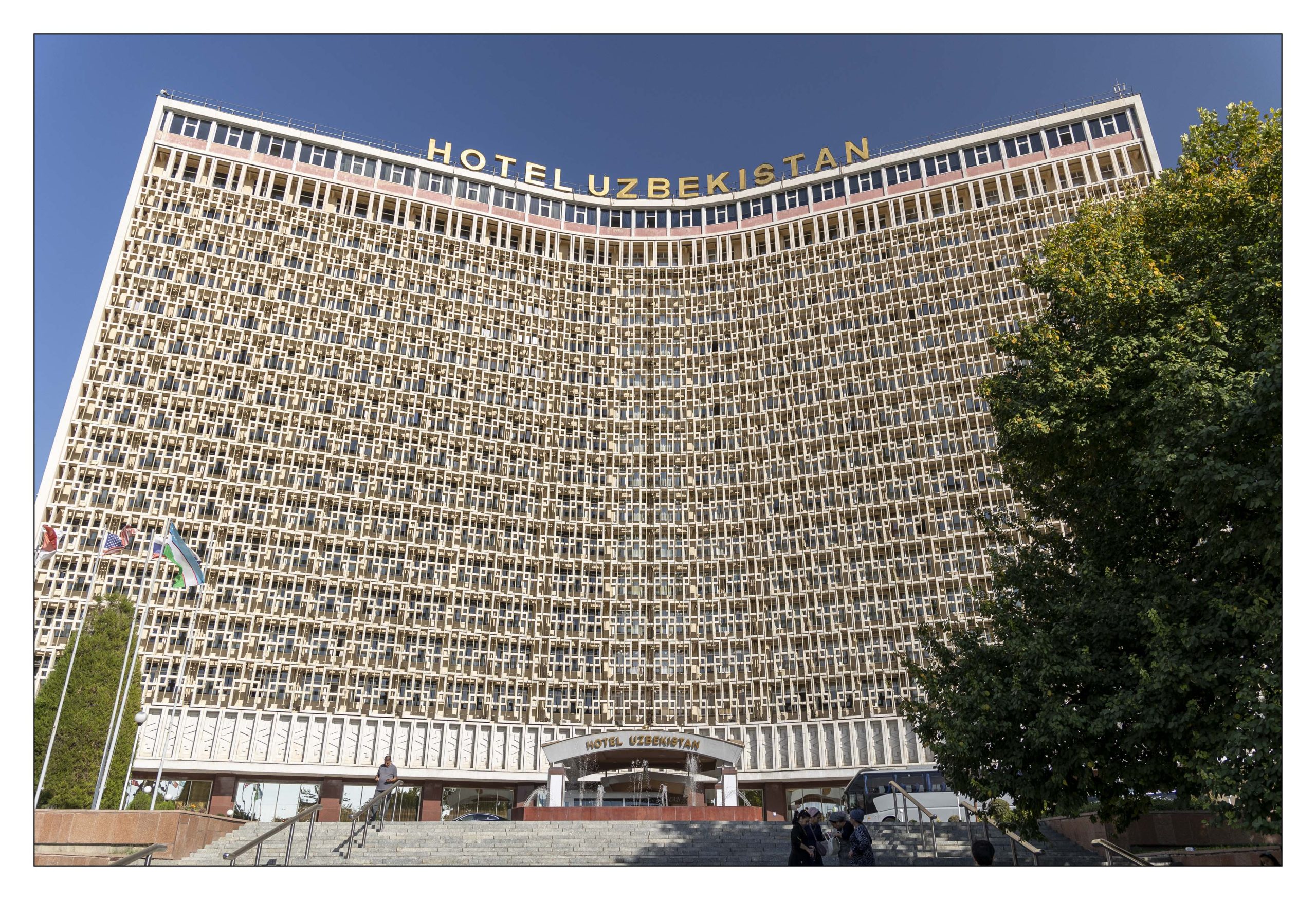
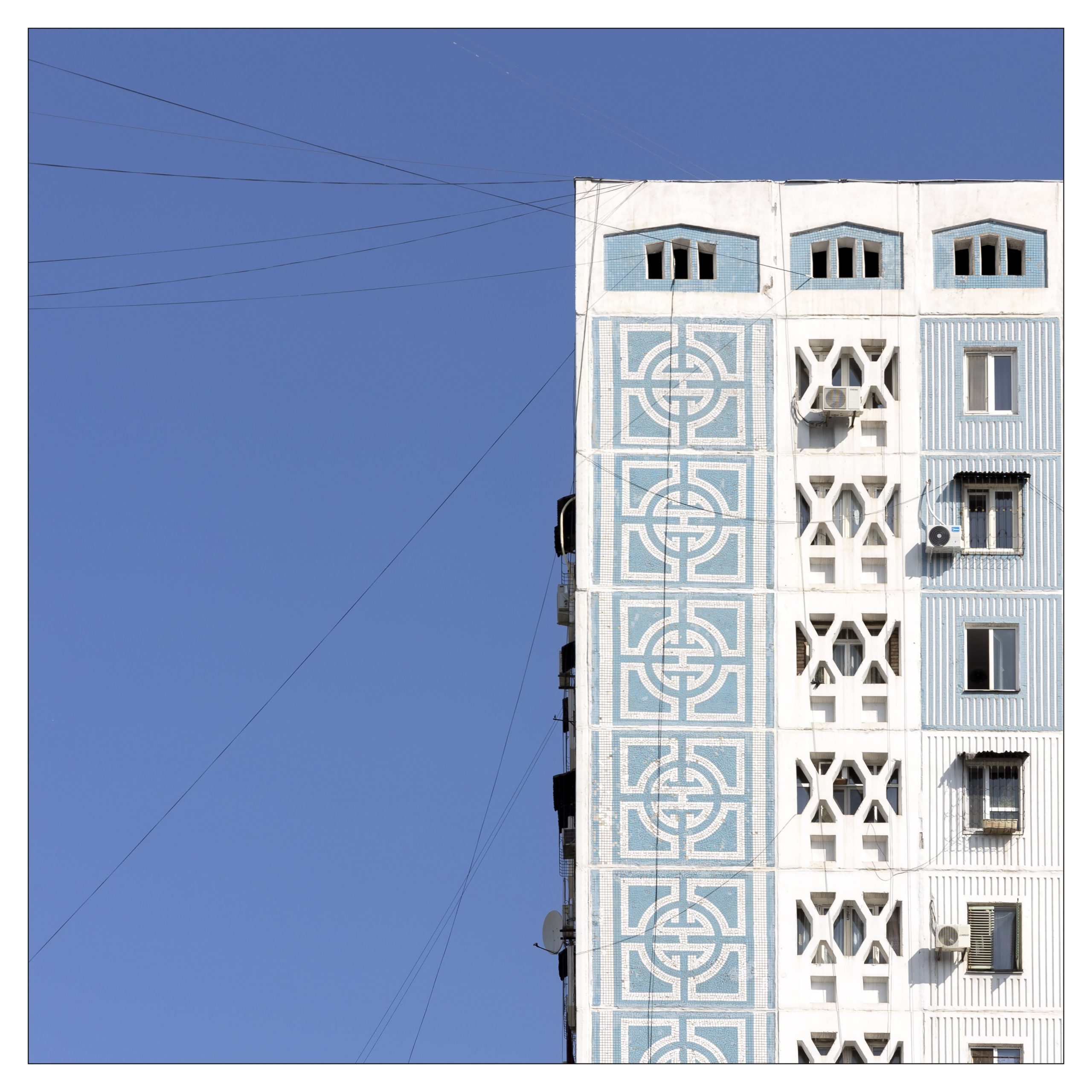

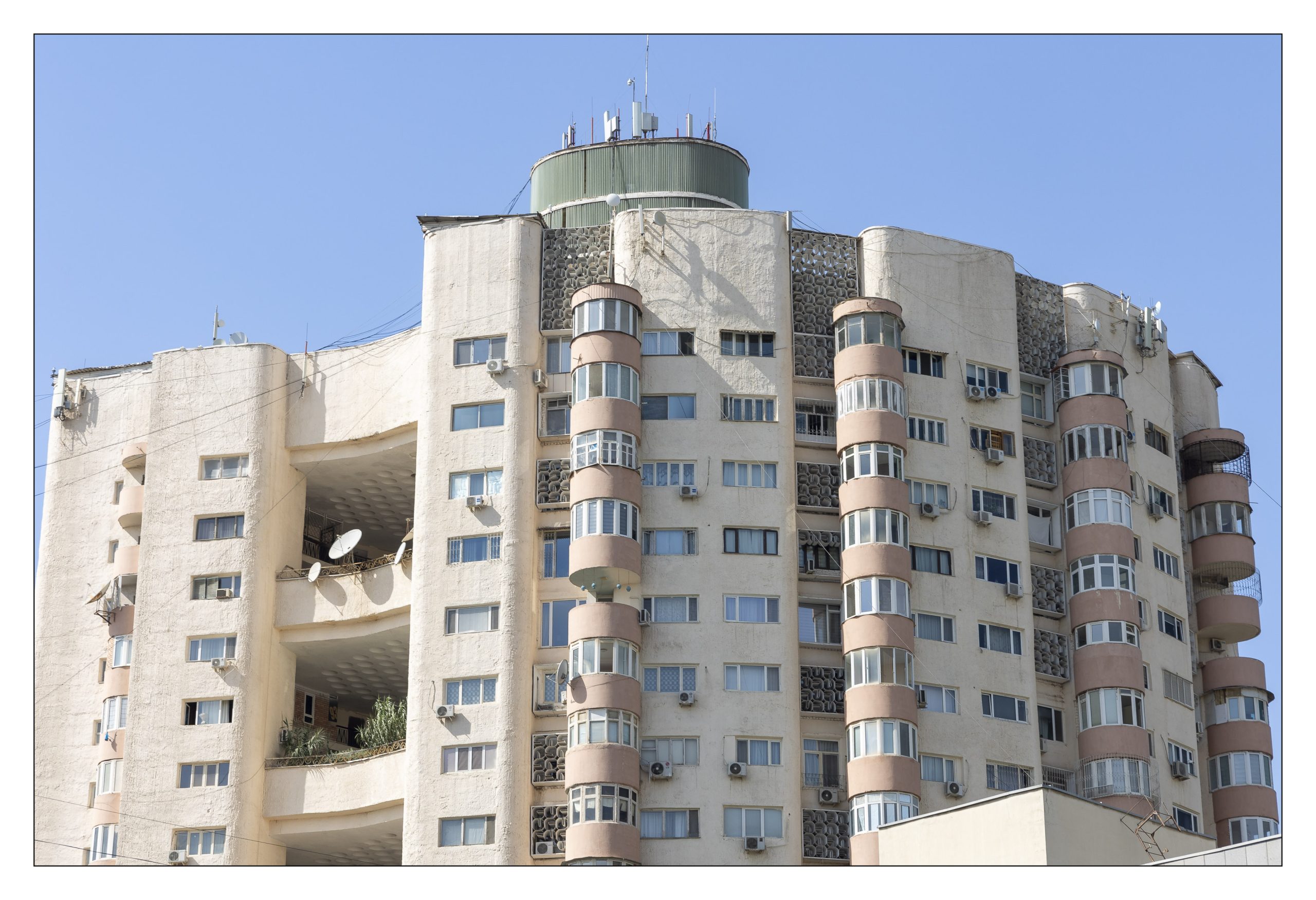
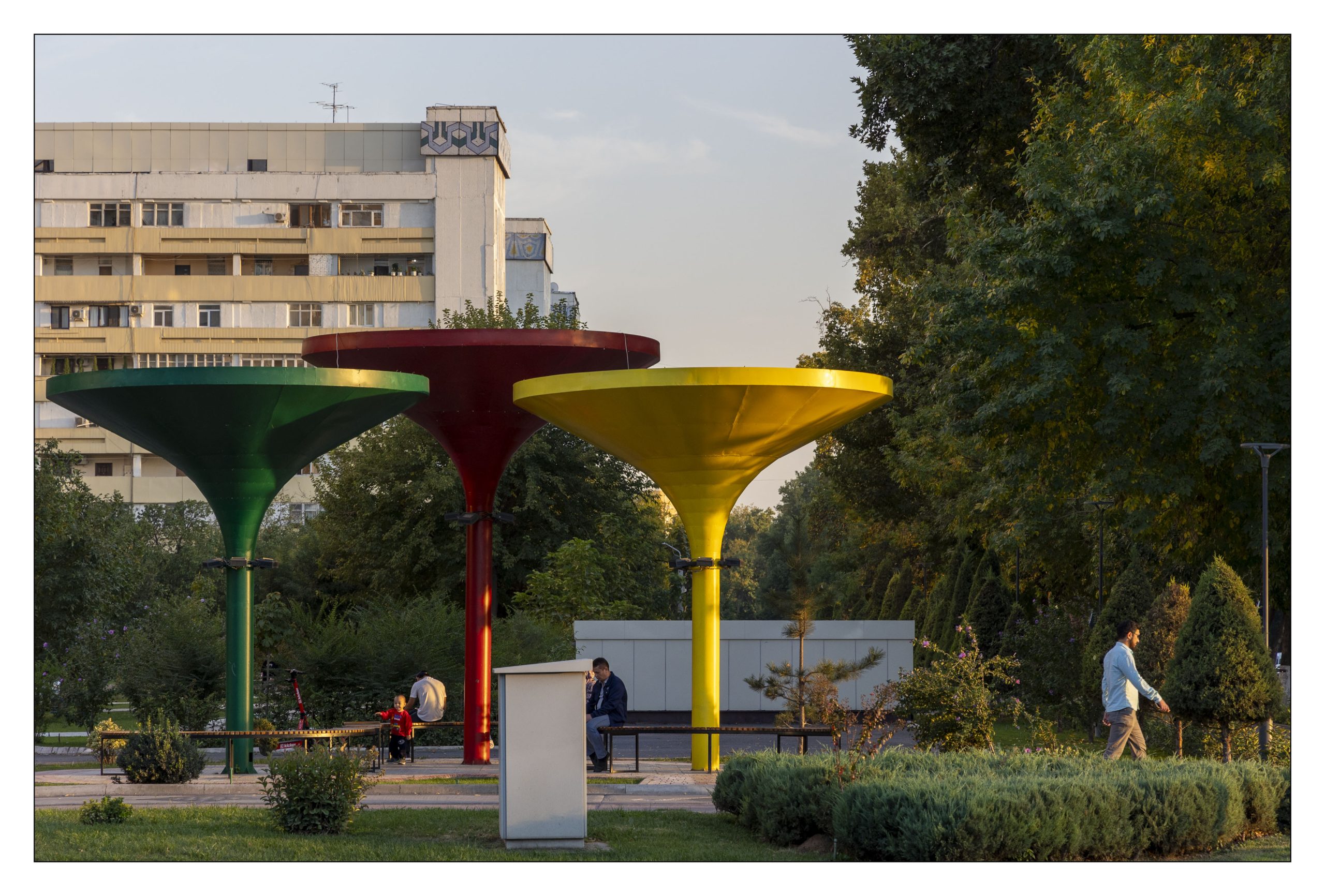
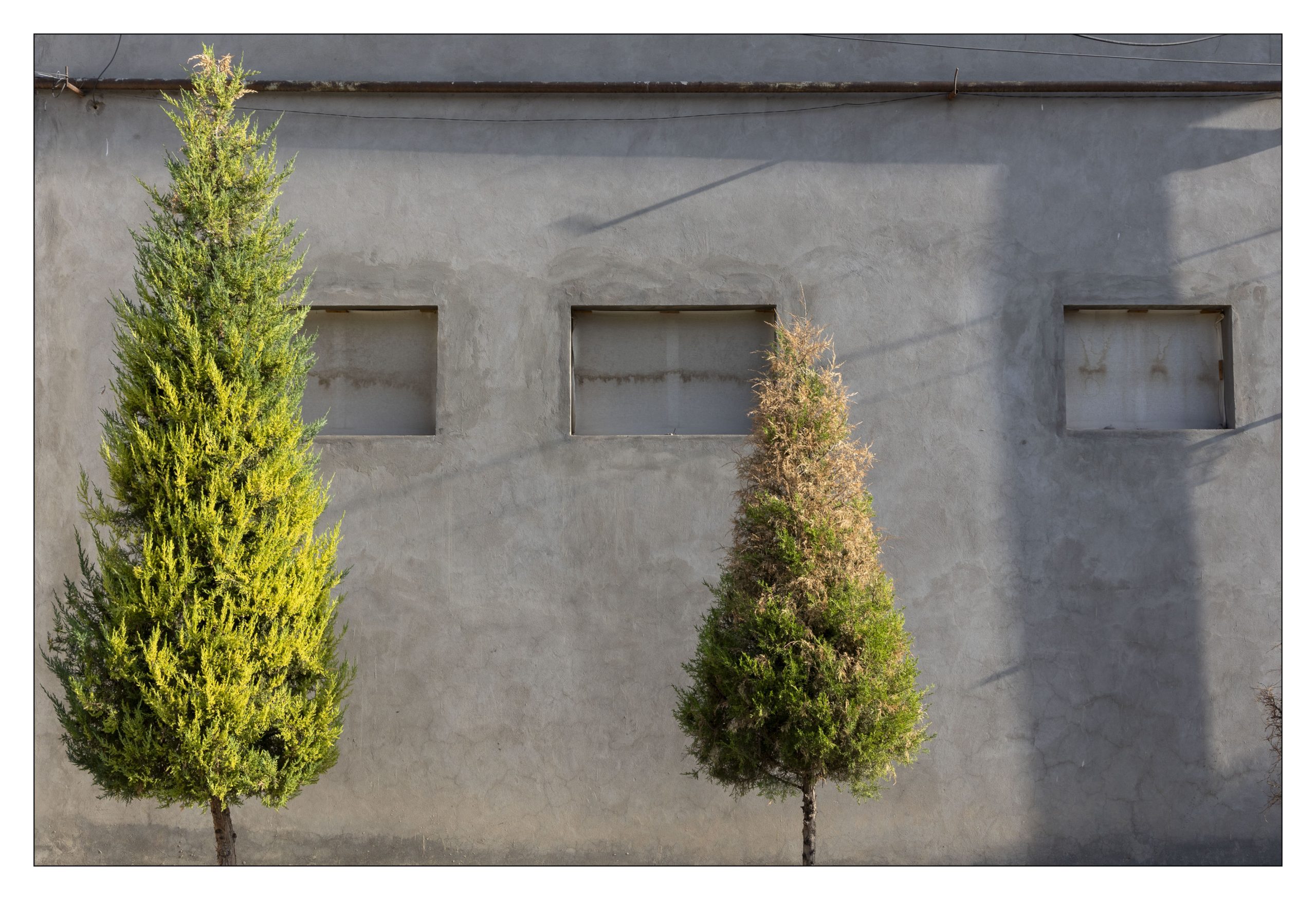
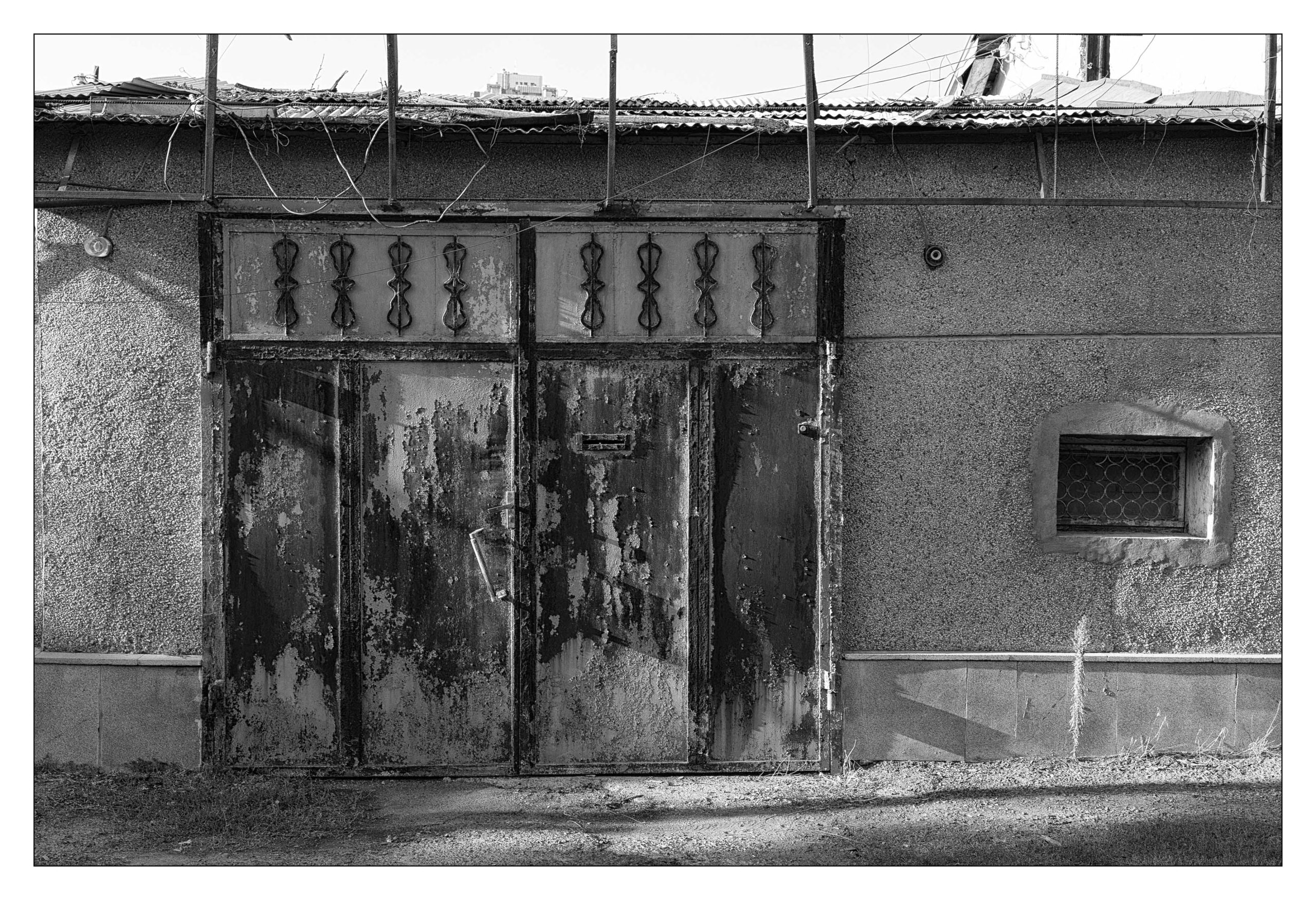
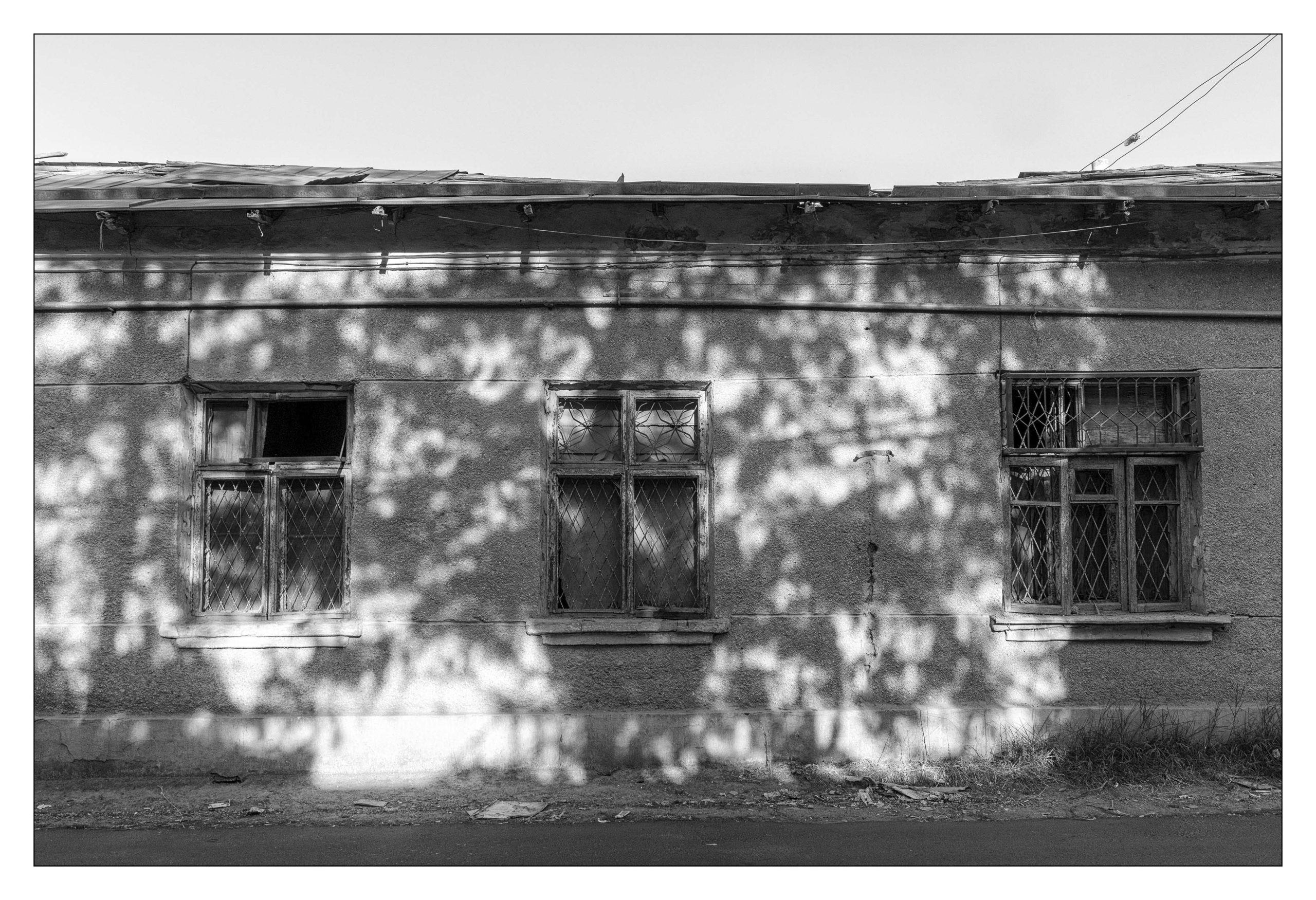
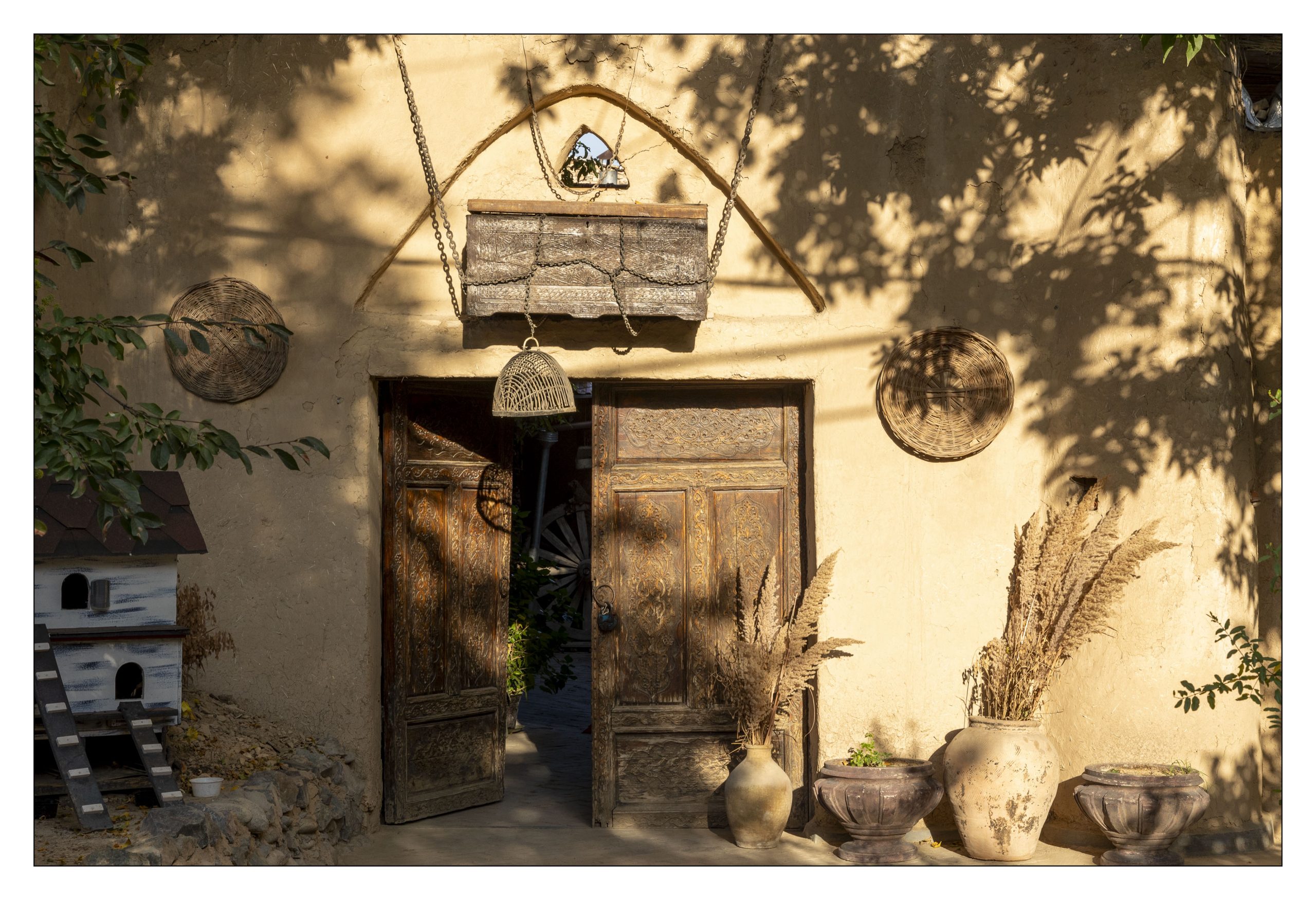
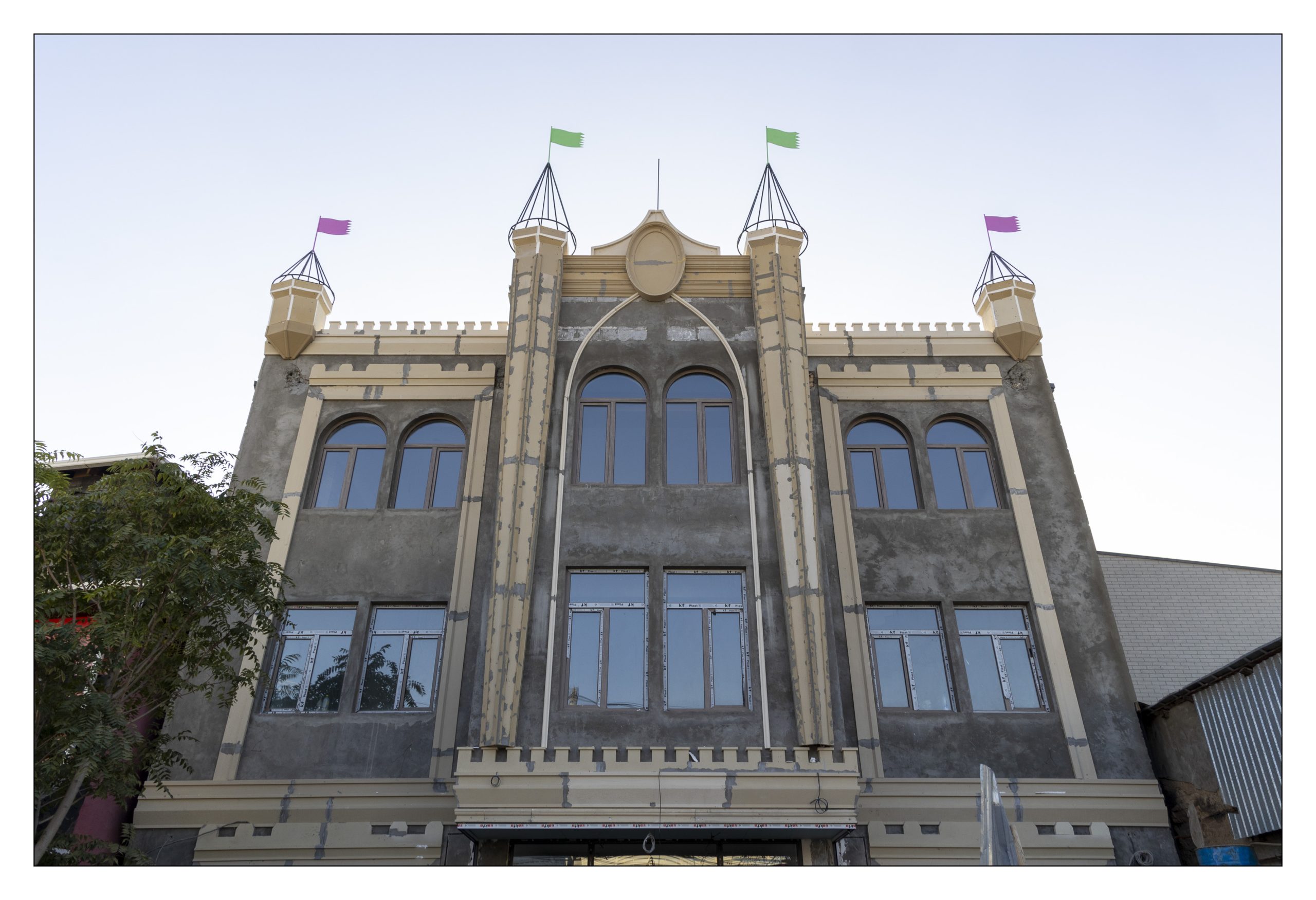
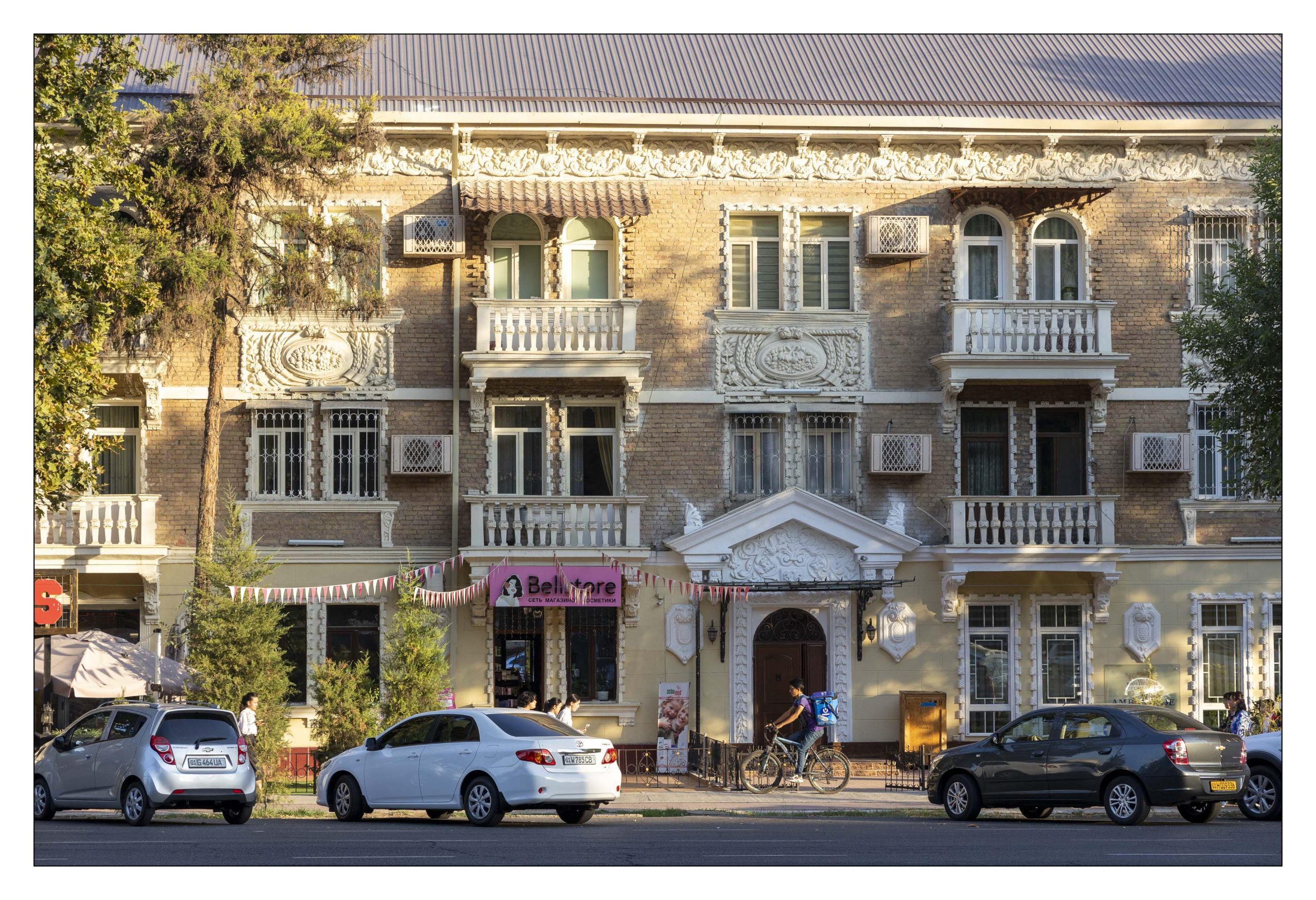
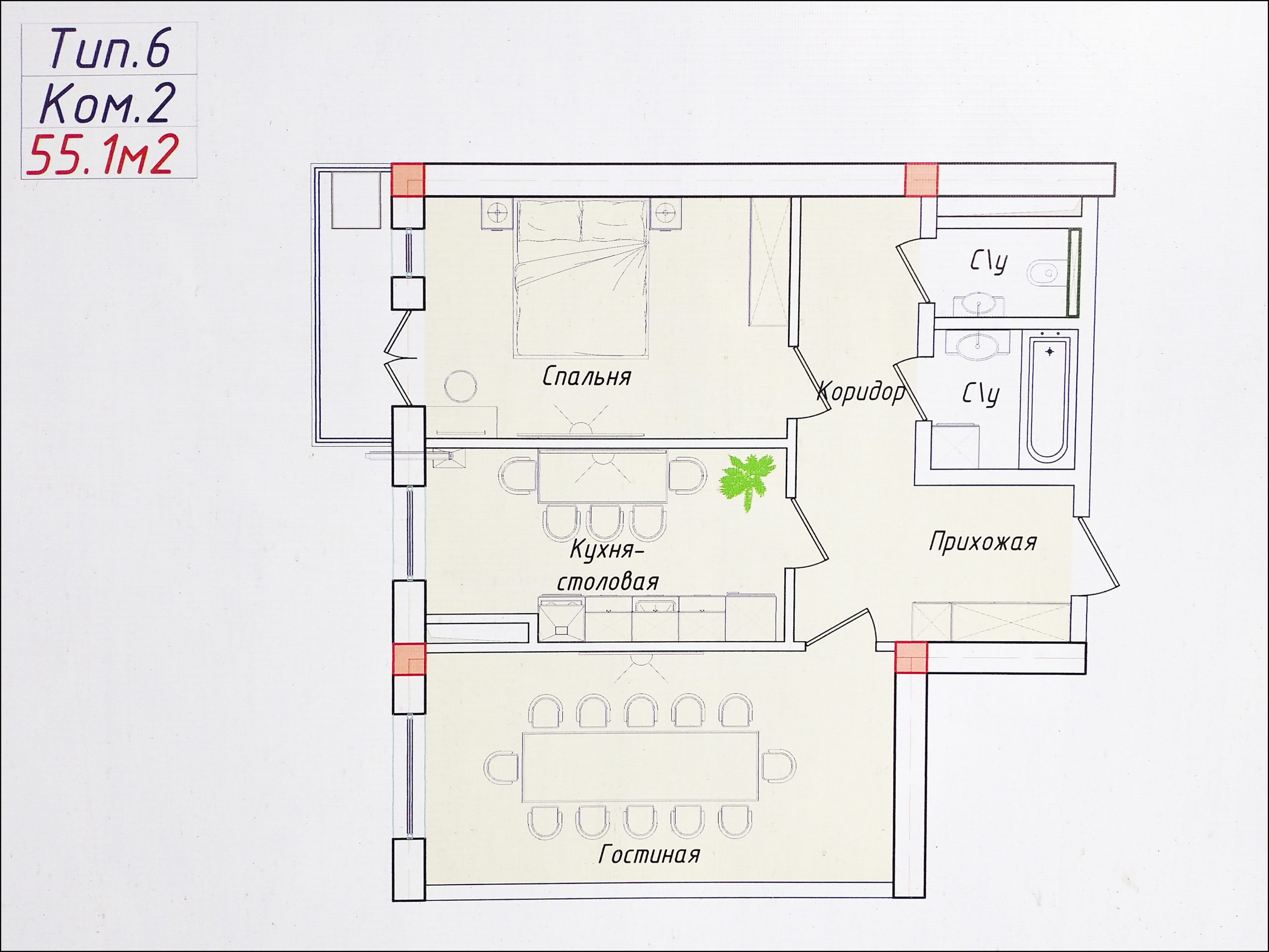
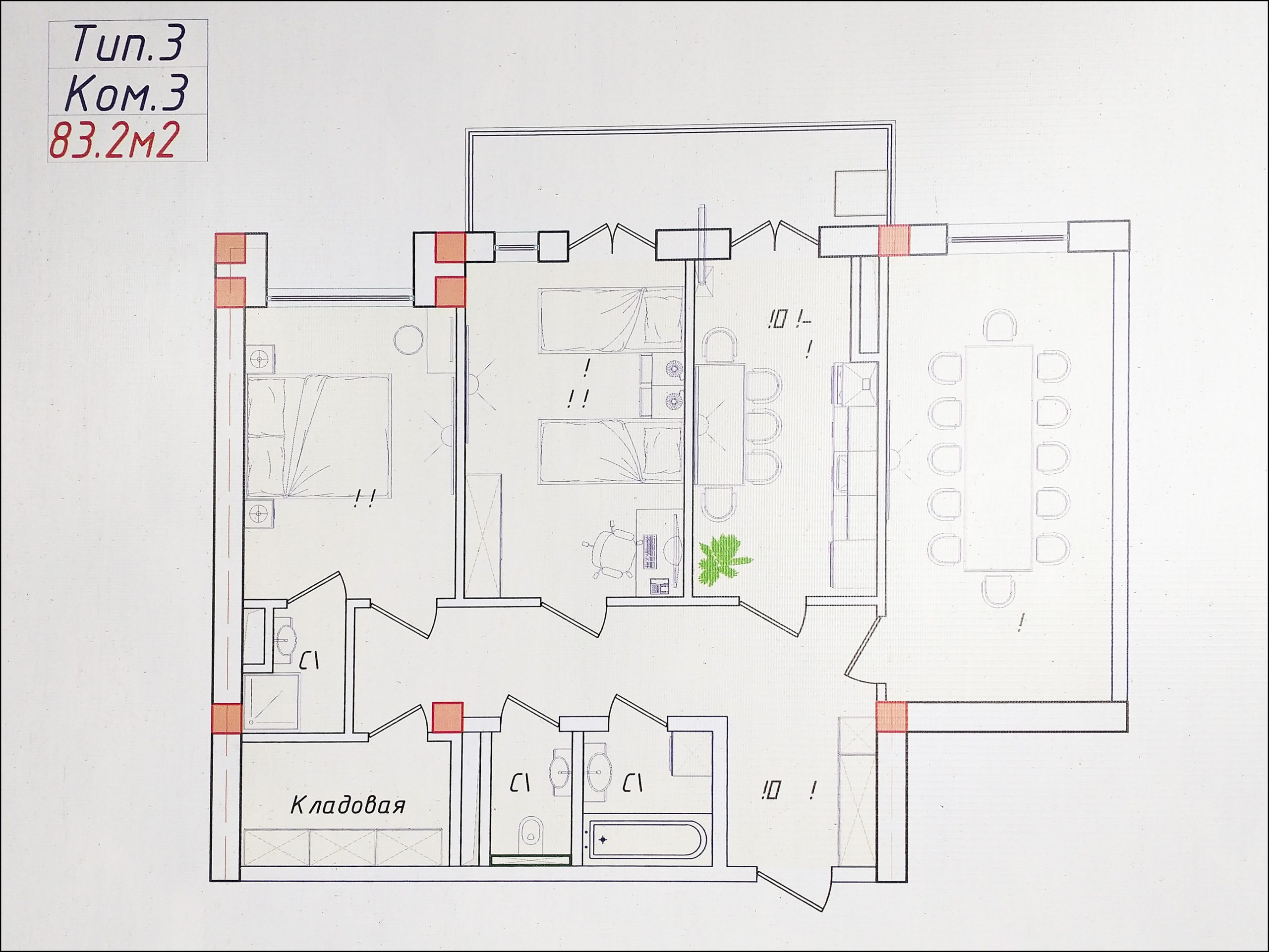
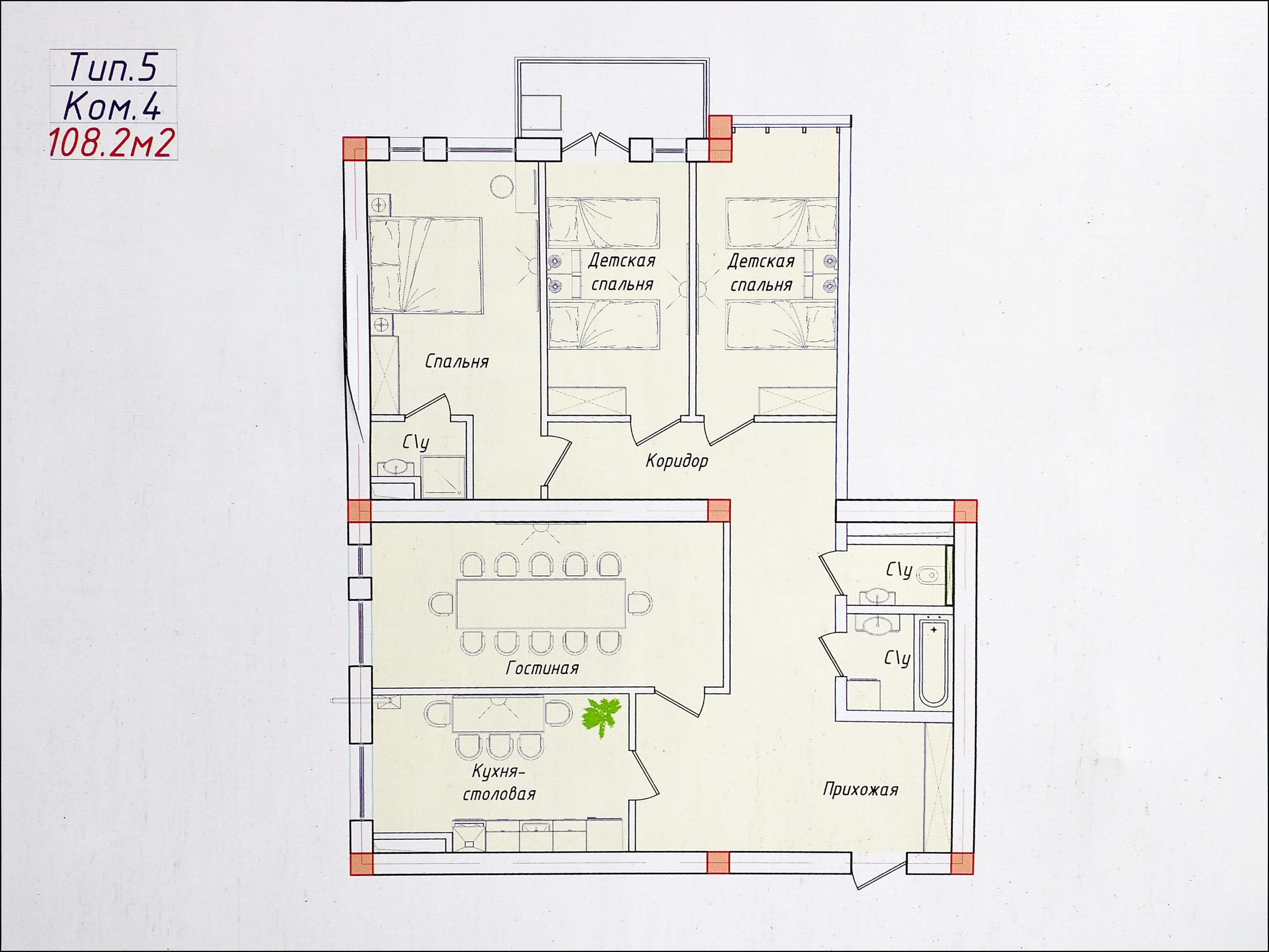

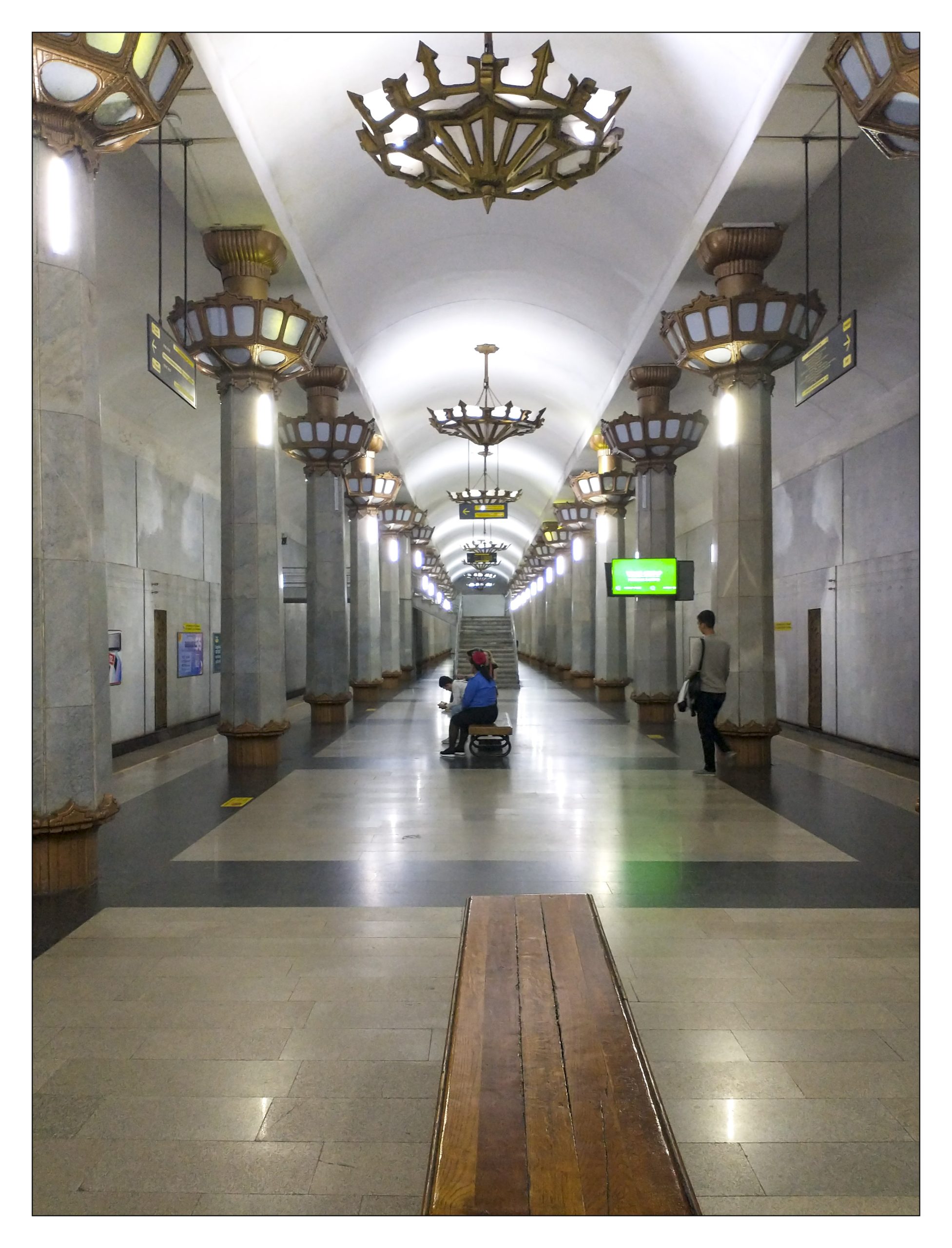

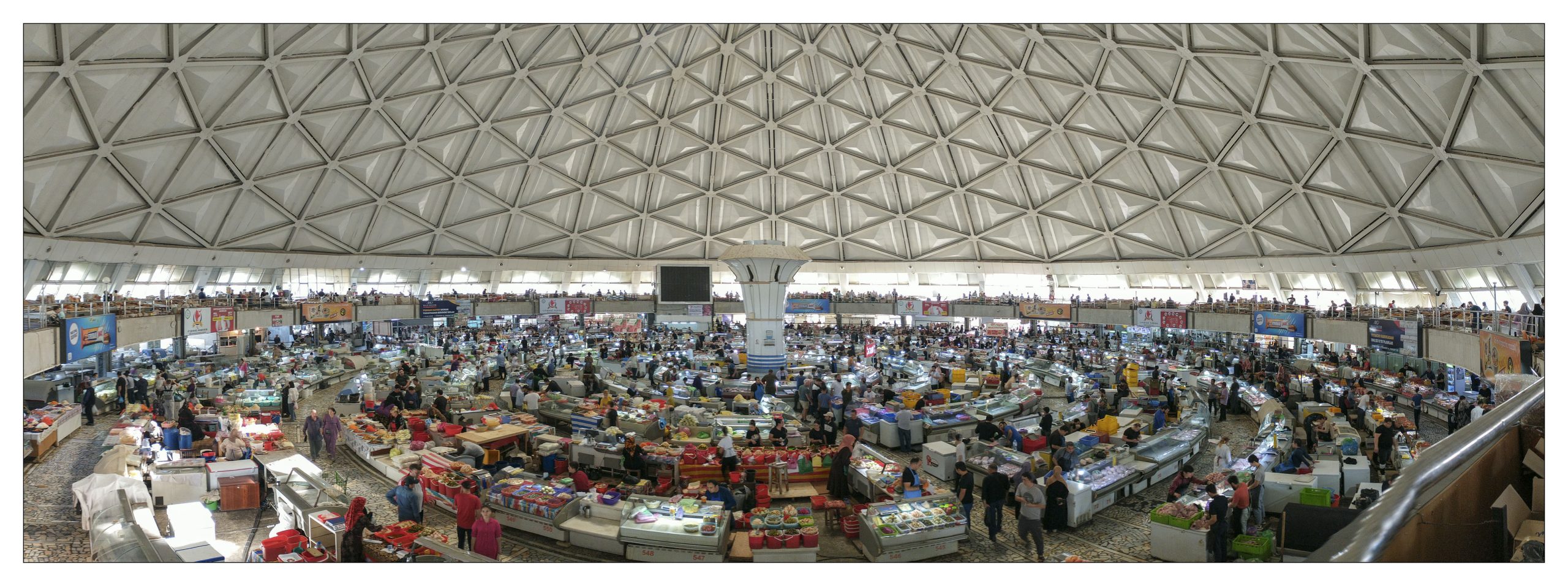

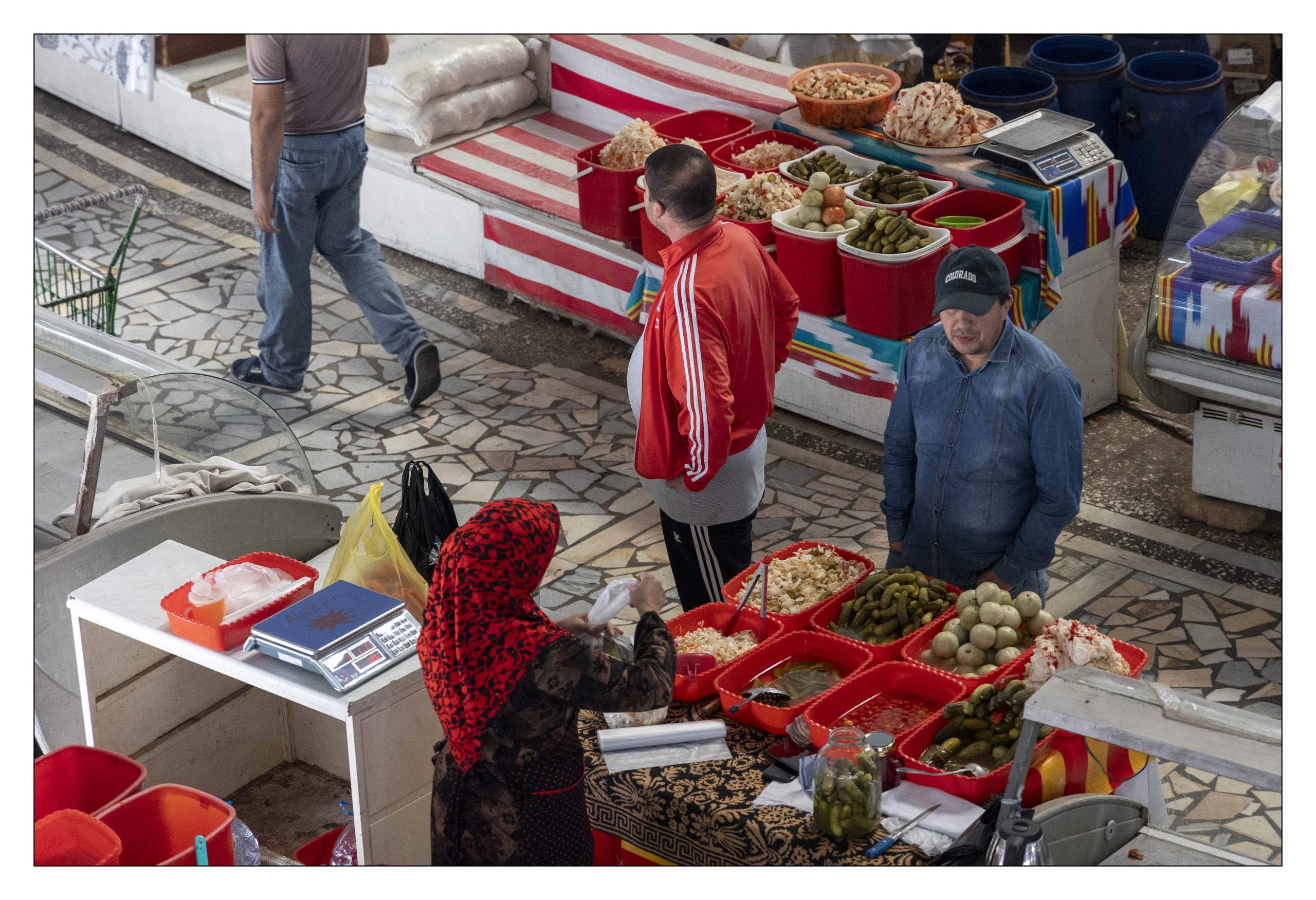
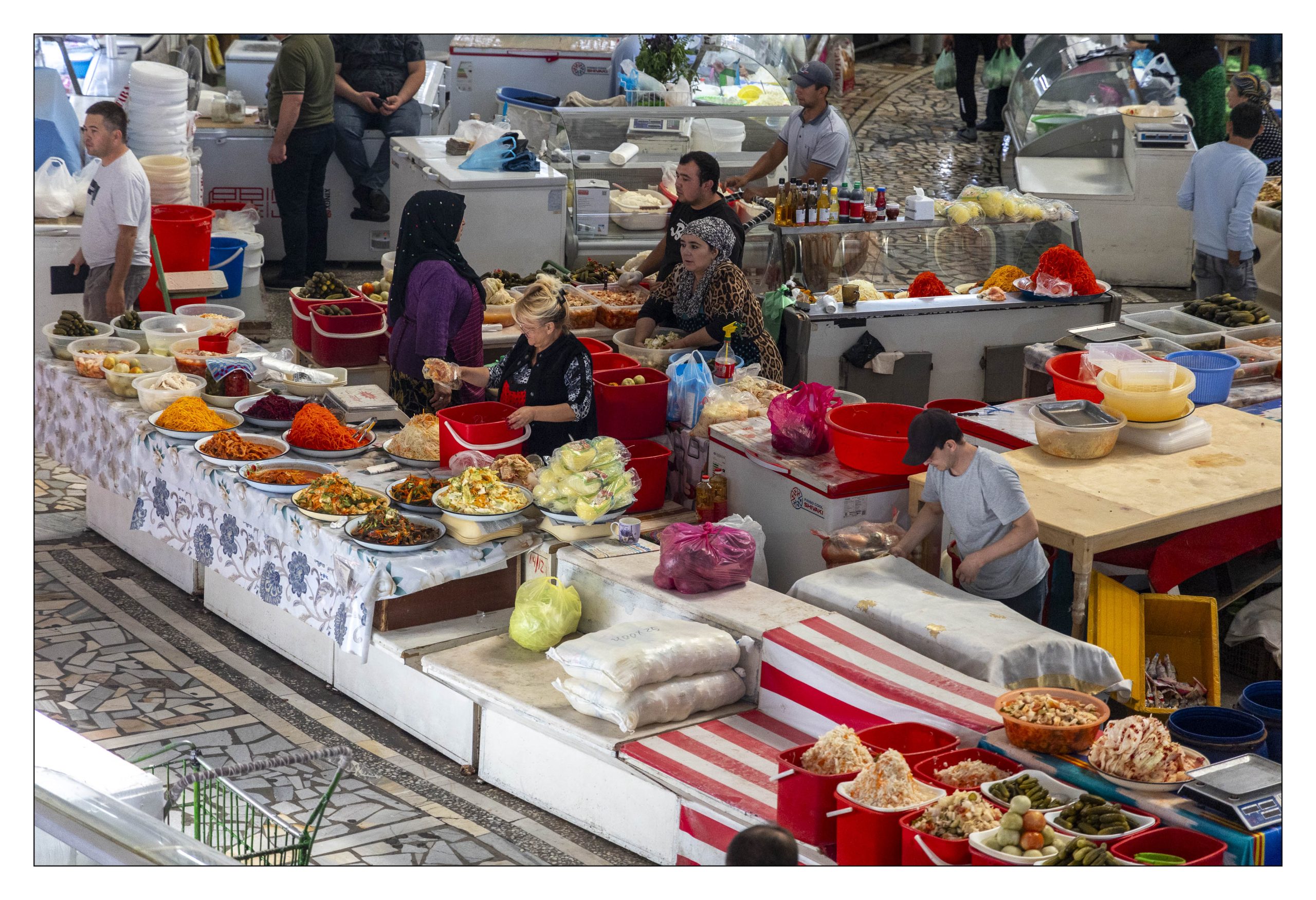
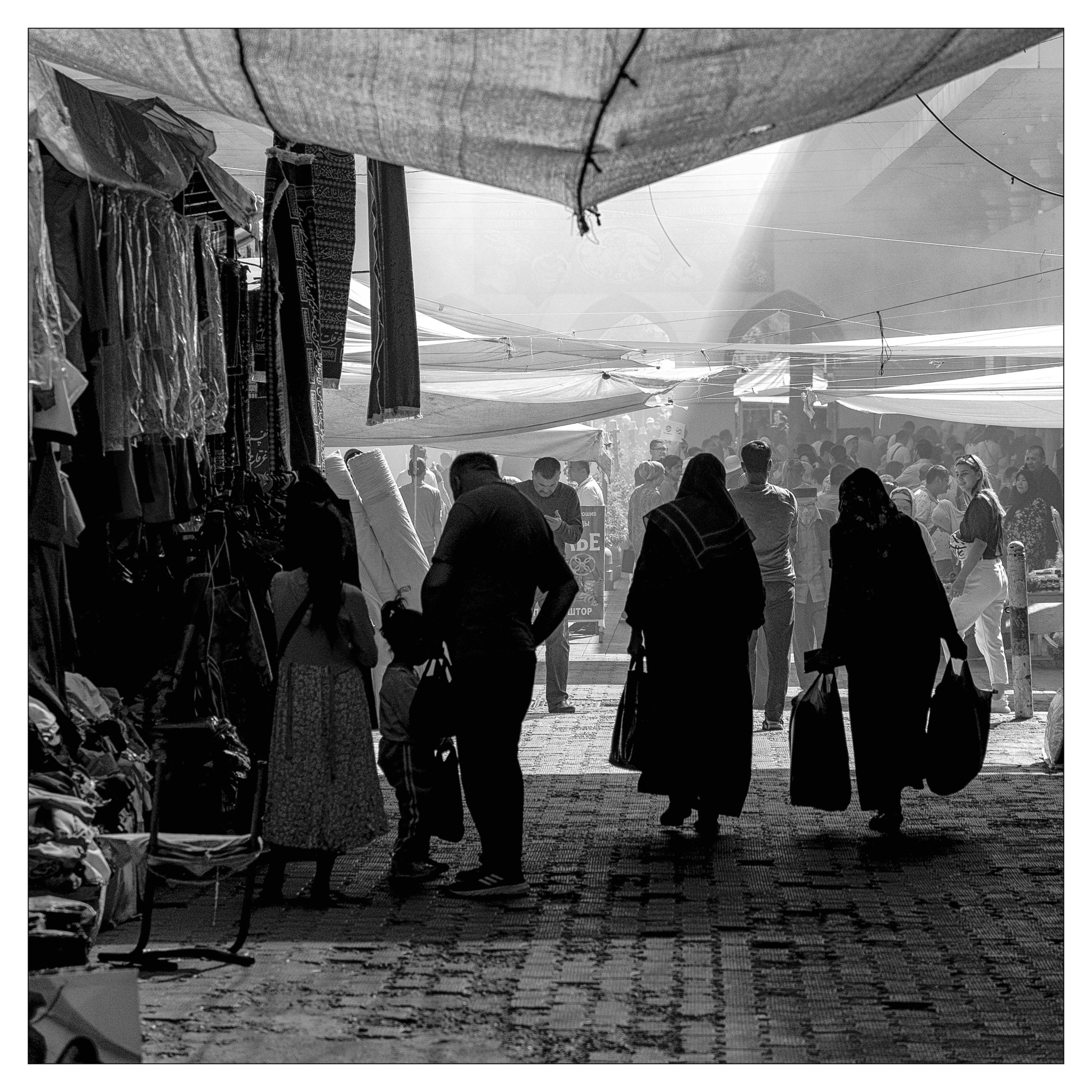
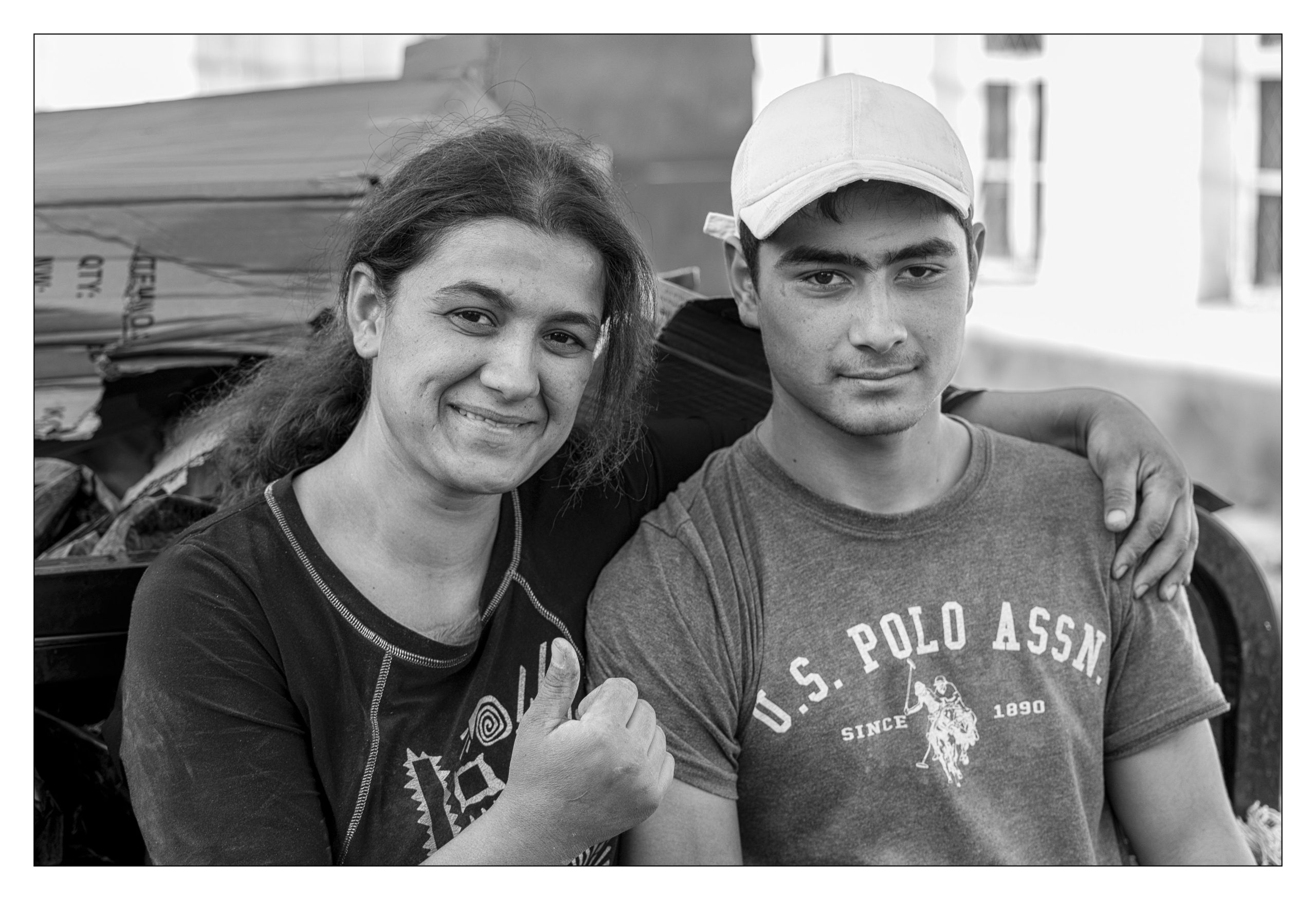
You are welcome to share a link to this page with others.
As always, all comments are welcome and sought.
Cheers, Sean
My note on privacy can be found under the “About” menu item, and if you would like to subscribe to this blog please enter your email.
.
All rights for all material on any media reserved – © Sean P Drysdale 2017-2025